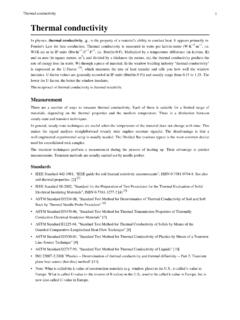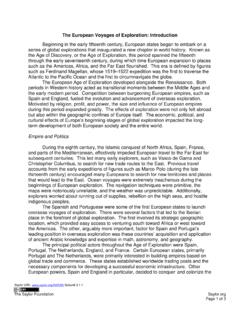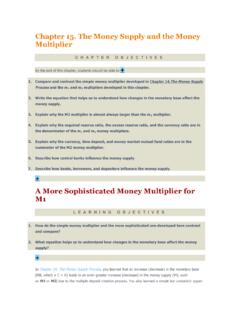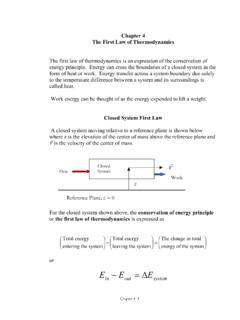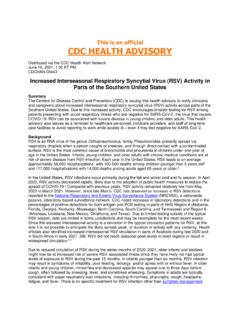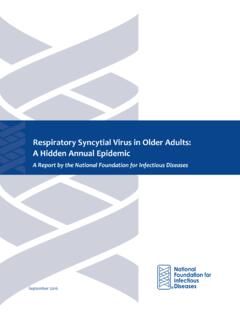Transcription of Human Physiology/The respiratory system - Saylor Academy
1 Human Physiology/The respiratory system1 Human Physiology/The respiratory system The Urinary system Human Physiology The gastrointestinal system Homeostasis Cells Integumentary Nervous Senses Muscular Blood Cardiovascular Immune Urinary respiratory Gastrointestinal Nutrition Endocrine Reproduction (male) Reproduction (female) Pregnancy Genetics Development AnswersThe respiratory system is crucial to every Human being. Without it, we would cease to live outside of the us begin by taking a look at the structure of the respiratory system and how vital it is to life. During inhalation orexhalation air is pulled towards or away from the lungs, by several cavities, tubes, and organs of the respiratory system make sure that oxygen enters our bodies and carbon dioxide leaves our respiratory tract is the path of air from the nose to the lungs. It is divided into two sections: upper RespiratoryTract and the Lower respiratory Tract.
2 Included in the upper respiratory tract are the Nostrils, Nasal Cavities,Pharynx, Epiglottis, and the Larynx. The lower respiratory tract consists of the Trachea, Bronchi, Bronchioles,and the air moves along the respiratory tract it is warmed, moistened and lungs flank the heart and great vessels in the chest cavity.(Source: Gray's Anatomy of the Human Body, 20th ed. 1918.)FunctionsIn this chaper we will discuss the four processes ofrespiration. They or RESPIRATION, which is the exchangeof gases (oxygen and carbon dioxide) between inhaledair and the RESPIRATION, which is the exchangeof gases between the blood and tissue RESPIRATIONIn addition to these main processes, the respiratory systemserves for: REGULATION OF BLOOD pH, which occurs incoordination with the kidneys, and as a 'DEFENSE AGAINST MICROBES Control of body temperature due to loss of evaporate during expirationBreathing and Lung MechanicsVentilation is the exchange of air between the external environment and the alveoli.
3 Air moves by bulk flow froman area of high pressure to low pressure. All pressures in the respiratory system are relative to atmospheric pressure(760mmHg at sea level). Air will move in or out of the lungs depending on the pressure in the alveoli. The bodychanges the pressure in the alveoli by changing the volume of the lungs. As volume increases pressure decreases andas volume decreases pressure increases. There are two phases of ventilation; inspiration and expiration. During eachphase the body changes the lung dimensions to produce a flow of air either in or out of the body is able to change the dimensions of the lungs because of the relationship of the lungs to the thoracic lung is completely enclosed in a sac called the pleural sac. Two structures contribute to the formation of thissac. The parietal pleura is attached to the thoracic wall where as the visceral pleura is attached to the lung Physiology/The respiratory system2In-between these two membranes is a thin layer of intrapleural fluid.
4 The intrapleural fluid completely surrounds thelungs and lubricates the two surfaces so that they can slide across each other. Changing the pressure of this fluid alsoallows the lungs and the thoracic wall to move together during normal breathing. Much the way two glass slides withwater in-between them are difficult to pull apart, such is the relationship of the lungs to the thoracic rhythm of ventilation is also controlled by the " respiratory Center" which is located largely in the medullaoblongata of the brain stem. This is part of the autonomic system and as such is not controlled voluntarily (one canincrease or decrease breathing rate voluntarily, but that involves a different part of the brain). While resting, therespiratory center sends out action potentials that travel along the phrenic nerves into the diaphragm and the externalintercostal muscles of the rib cage, causing inhalation.
5 Relaxed exhalation occurs between impulses when themuscles relax. Normal adults have a breathing rate of 12-20 respirations per Pathway of AirWhen one breathes air in at sea level, the inhalation is composed of different gases. These gases and their quantitiesare Oxygen which makes up 21%, Nitrogen which is 78%, Carbon Dioxide with and others with significantlysmaller of the the process of breathing, air enters into the nasal cavity through thenostrils and is filtered by coarse hairs (vibrissae) and mucous that arefound there. The vibrissae filter macroparticles, which are particles oflarge size. Dust, pollen, smoke, and fine particles are trapped in themucous that lines the nasal cavities (hollow spaces within the bones ofthe skull that warm, moisten, and filter the air). There are three bonyprojections inside the nasal cavity. The superior, middle, and inferiornasal conchae.
6 Air passes between these conchae via the then travels past the nasopharynx, oropharynx, andlaryngopharynx, which are the three portions that make up the pharynx. The pharynx is a funnel-shaped tube thatconnects our nasal and oral cavities to the larynx. The tonsils which are part of the lymphatic system , form a ring atthe connection of the oral cavity and the pharynx. Here, they protect against foreign invasion of antigens. Thereforethe respiratory tract aids the immune system through this protection. Then the air travels through the larynx. Thelarynx closes at the epiglottis to prevent the passage of food or drink as a protection to our trachea and lungs. Thelarynx is also our voicebox; it contains vocal cords, in which it produces sound. Sound is produced from thevibration of the vocal cords when air passes through trachea, which is also known as our windpipe, has ciliated cells and mucous secreting cells lining it, and is heldopen by C-shaped cartilage rings.
7 One of its functions is similar to the larynx and nasal cavity, by way of protectionfrom dust and other particles. The dust will adhere to the sticky mucous and the cilia helps propel it back up thetrachea, to where it is either swallowed or coughed up. The mucociliary escalator extends from the top of thetrachea all the way down to the bronchioles, which we will discuss later. Through the trachea, the air is now able topass into the Physiology/The respiratory system3 InspirationInspiration is initiated by contraction of the diaphragm and in some cases the intercostals muscles when theyreceive nervous impulses. During normal quiet breathing, the phrenic nerves stimulate the diaphragm to contractand move downward into the abdomen. This downward movement of the diaphragm enlarges the thorax. Whennecessary, the intercostal muscles also increase the thorax by contacting and drawing the ribs upward and the diaphragm contracts inferiorly and thoracic muscles pull the chest wall outwardly, the volume of the thoraciccavity increases.
8 The lungs are held to the thoracic wall by negative pressure in the pleural cavity, a very thin spacefilled with a few milliliters of lubricating pleural fluid. The negative pressure in the pleural cavity is enough to holdthe lungs open in spite of the inherent elasticity of the tissue. Hence, as the thoracic cavity increases in volume thelungs are pulled from all sides to expand, causing a drop in the pressure (a partial vacuum) within the lung itself (butnote that this negative pressure is still not as great as the negative pressure within the pleural cavity--otherwise thelungs would pull away from the chest wall). Assuming the airway is open, air from the external environment thenfollows its pressure gradient down and expands the alveoli of the lungs, where gas exchange with the blood takesplace. As long as pressure within the alveoli is lower than atmospheric pressure air will continue to move inwardly,but as soon as the pressure is stabilized air movement quiet breathing, expiration is normally a passive process and does not require muscles to work (rather it is theresult of the muscles relaxing).
9 When the lungs are stretched and expanded, stretch receptors within the alveoli sendinhibitory nerve impulses to the medulla oblongata, causing it to stop sending signals to the rib cage and diaphragmto contract. The muscles of respiration and the lungs themselves are elastic, so when the diaphragm and intercostalmuscles relax there is an elastic recoil, which creates a positive pressure (pressure in the lungs becomes greater thanatmospheric pressure), and air moves out of the lungs by flowing down its pressure the respiratory system is primarily under involuntary control, and regulated by the medulla oblongata, wehave some voluntary control over it also. This is due to the higher brain function of the cerebral under physical or emotional stress, more frequent and deep breathing is needed, and both inspiration andexpiration will work as active processes. Additional muscles in the rib cage forcefully contract and push air quicklyout of the lungs.
10 In addition to deeper breathing, when coughing or sneezing we exhale forcibly. Our abdominalmuscles will contract suddenly (when there is an urge to cough or sneeze), raising the abdominal pressure. The rapidincrease in pressure pushes the relaxed diaphragm up against the pleural cavity. This causes air to be forced out ofthe function of the respiratory system is to sing and to speak. By exerting conscious control over our breathingand regulating flow of air across the vocal cords we are able to create and modify ComplianceLung Compliance is the magnitude of the change in lung volume produced by a change in pulmonary can be considered the opposite of stiffness. A low lung compliance would mean that the lungs wouldneed a greater than average change in intrapleural pressure to change the volume of the lungs. A high lungcompliance would indicate that little pressure difference in intrapleural pressure is needed to change the volume ofthe lungs.


